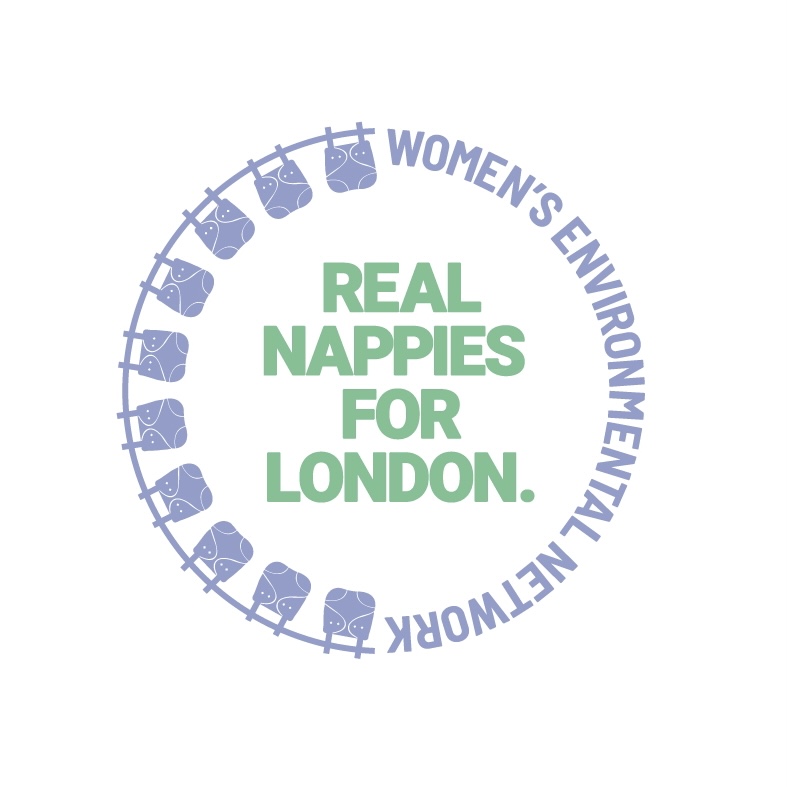If you missed it, ironically, the first disposable nappy invented by Valerie Hunter Gordon, now 93, looks just like a modern reusable nappy. It’s also wonderful to hear that the first single-use nappy, was very popular despite the fact that it didn’t contain SAPs (superabsorbent polymers).
In fact surely gNappies are simply a more sophisticated version of the first disposable nappy? They are modern nappies that have a waterproof reusable wrap that can be used with either a single-use insert that doesn’t contain SAPs or a reusable, washable insert.
But does this item raise the issue of why disposables contain SAPs? Why aren’t waterproof, reusable wraps with SAPless nappies more popular?
One of the biggest barriers to the uptake of washable nappies is frequency of changing. It’s not that washable nappies are not absorbent enough. It’s that single-use nappies containing SAPs have established a new norm for infrequent nappy changes. Changing your baby’s nappy has been made to seem like a chore rather than what it should be; quality time with your baby. Remember the words of William Morris “The true secret of happiness lies in the taking a genuine interest in all the details of daily life.”
Convenience can be bad for us. Look at car dependency. Gradually we’re becoming aware that we don’t all need to own a car. It’s a huge expense and largely bad for us and not just our household budget. Car culture not only contributes to obesity but it’s also bad for air quality. We are ruining the air we need to breathe.
Similarly single-use nappies containing SAPs have been bad in so many ways. They have:
- established a norm of infrequent changing, reducing quality contact time between baby and carer
- spread a myth about children potty-training themselves magically when they reach the age of three and a half meaning children are spending longer and longer in nappies. Before “disposables” became the norm children were frequently wearing pants during the day by the time they were two
- increased the cost to families of the nappy wearing stage
- increased the cost of the collection and disposal of nappy waste
- increased other environmental impacts associated with the manufacture, packaging and distribution of this single-use product
Can we really afford all these costs? Wouldn’t it be better if disposables just didn’t contain SAPs?
It’s really only since we discovered the downsides of SAPs that demand for reusable nappies has grown. People used to think disposable nappies were just paper and gradually decomposed in lanfill. Now we not only know that they take hundreds of years to break down but there are other disadvantages too. What do you think?
